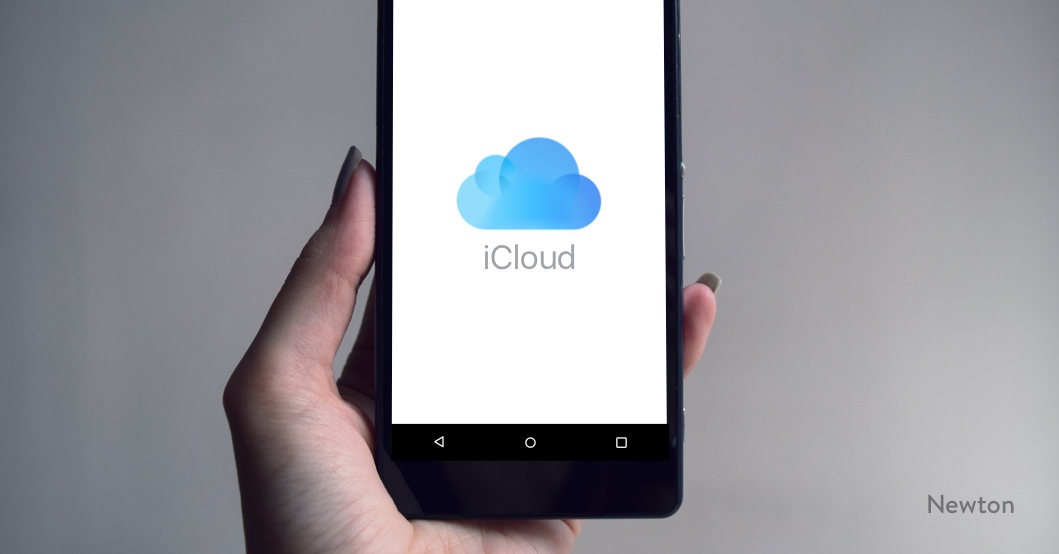

- #SETUP APPLE EMAIL ON ANDROID FULL#
- #SETUP APPLE EMAIL ON ANDROID ANDROID#
- #SETUP APPLE EMAIL ON ANDROID PASSWORD#
For more information, see Use derived credentials in Microsoft Intune.Īzure multi-factor authentication isn't supported.
Derived credential: Use a certificate that's derived from a user's smart card. Username and Password: Users are prompted to enter their user name and password. This option provides the most secure and better experience for your users. Certificate: Select a client SCEP or PKCS certificate profile you previously created to authenticate the Exchange connection. Primary SMTP address: Use the primary SMTP address to sign in to Exchange, such as method: Choose how users to authenticate to the email server. #SETUP APPLE EMAIL ON ANDROID FULL#
User principal name: Use the full principal name as the email address, such as or user1. Make sure your users have email addresses that match the attribute you select. Custom domain name to use: Enter a value that Intune uses for the domain name, such as or contoso.Įmail address attribute from AAD: Choose how the email address for the user is generated. User domain name attribute from AAD: Choose to get the Full domain name ( ) or the NetBIOS name ( contoso) attribute of the user.Ĭustom: Get the attributes from a custom domain name. User domain name source: Choose AAD (Azure Active Directory) or Custom.ĪAD: Get the attributes from Azure AD. User Principal Name: Gets the name, such as user1 or Primary SMTP address: Gets the name in email address format, such as sAM Account Name: Requires the domain, such as domain\user1. Intune dynamically generates the username that's used by this profile. Username attribute from AAD: This name is the attribute Intune gets from Azure Active Directory. This name is shown to users on their devices. Exchange ActiveSync account settingsĮmail server: Enter the host name of your Exchange server.Īccount name: Enter the display name for the email account. 
These settings use the Apple ExchangeActiveSync payload (opens Apple's web site). For more information on the enrollment types, see iOS/iPadOS enrollment. But keep in mind that by doing this, you will not be able to reply to mail via your iCloud account.These settings are available for all enrollment types.
#SETUP APPLE EMAIL ON ANDROID ANDROID#
Another way of getting your iCloud mail on an Android device is to simply enable Mail forwarding in the iCloud settings. You should now be able to send and receive iCloud mail on/from your Android device.Īs you can see, setting up iCloud mail on an Android device is a simple affair, which doesn’t require any special tweaks to be applied. Give the account a name, and enter your name as you would like it appear on outgoing messages and tap Done Your iCloud mail is almost set up now.I know it sounds weird, but the security type options varied between the two devices I tested this on. Again, just set Security type to TLS or SSL/TLS or STARTTLS, and the port to 587. Just select SSL or SSL/TLS and set 993 as the Port Here’s where you would be entering the settings for incoming mail.
#SETUP APPLE EMAIL ON ANDROID PASSWORD#
Fill in your iCloud email credentials, which is your full iCloud email address and the password (case-sensitive). Launch the Default Email Application on your Android device. This set of instructions may vary from one device/platform to the other, but will work with pretty much any device or platform where you can set up IMAP mail. This has been personally tested by me and found working perfectly on a Samsung Galaxy S4 GT-I9500 as well as a Netablet. If you happen to be in this situation, and want to setup your iCloud mail on your Android device, here’s how you can do it manually. But there is no official iCloud app that exists specifically for the Android ecosystem, which makes using iCloud mail on Android somewhat iffy. Setting up Gmail on an iPhone or iPad is simple, more so if you were to use the official Gmail app for iOS. But what if you own multiple devices, with an Android smartphone as your primary device? What if you use Gmail as your primary mail account, and want access to both Gmail and iCloud mail on your Android device. All you need to do is enter your Apple credentials and everything else happens automatically. Setting up Apple’s proprietary iCloud service, which include the default iCloud mail account is pretty simple and straightforward if you’re using an Apple device.






 0 kommentar(er)
0 kommentar(er)
